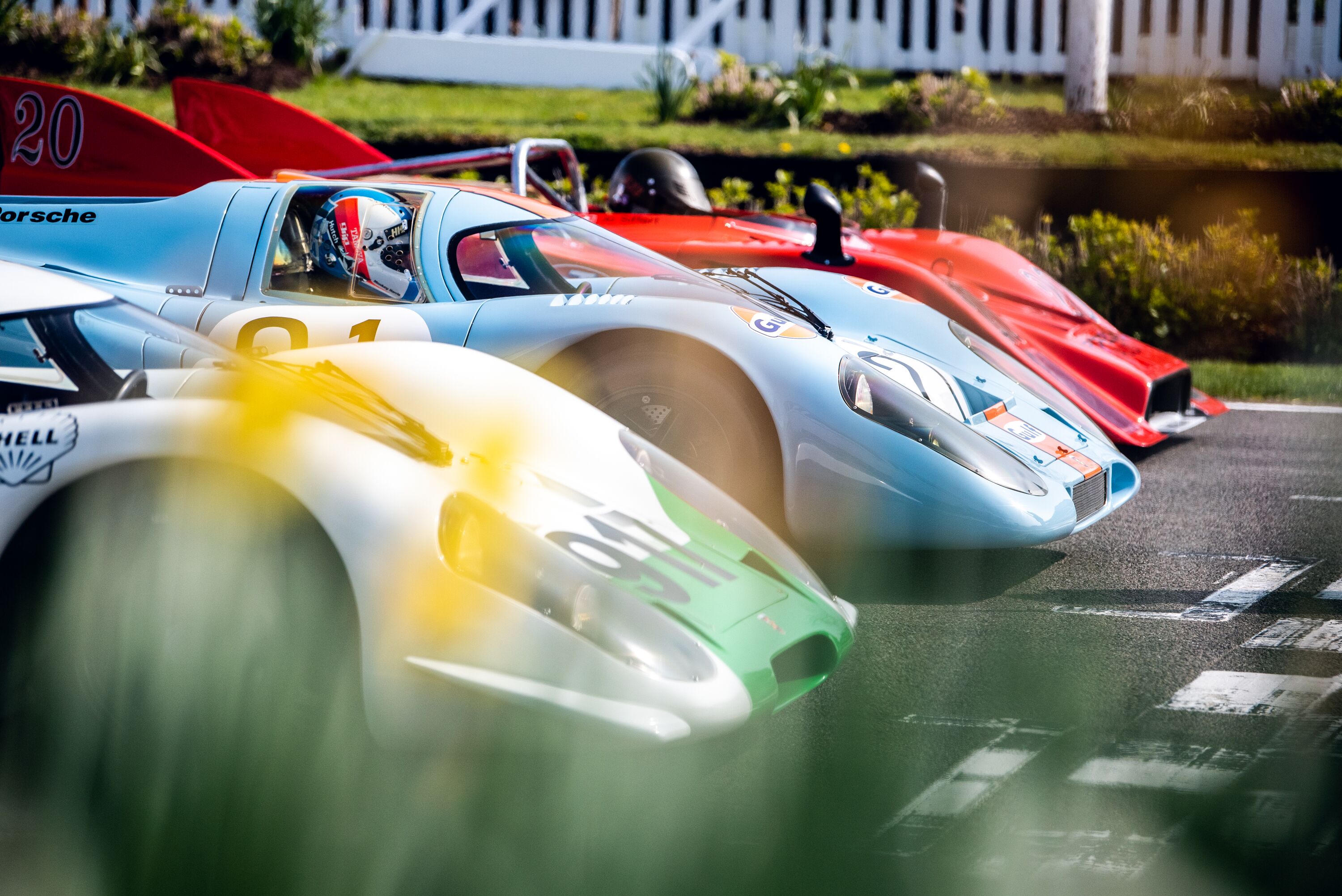Why the Tesla Roadster was terrible | Thank Frankel it’s Friday
 Andrew Frankel
Andrew Frankel
It seems like it’s almost every day now that another manufacturer owns up to having an all-electric sportscar in development. From the big players like Porsche past smaller, more exotic companies like Lotus and Aston Martin to absolute minnows like Caterham, they’re all at it.

And why? Simply because they all recognise that the speed and trajectory of our progress towards our all electric future means they simply don’t have a choice. Adapt or die, as the saying goes.
So let’s ask the question the other way. Why not, until now? The Nissan Leaf, the world’s first all-electric car made by a mainstream manufacturer, has now been in production across two generations for over a decade. In that time there have been electric hatchbacks, executive saloons, SUVs, MPVs, coupes… almost every kind of car indeed, with the notable exception of a sportscar. And by sportscar I don’t mean fast car or car with some sporting intent, I mean one whose primary purpose is the provision of driving pleasure.
And there’s your answer. How do you provide proper driving pleasure given that two of the defining characteristics of electric powertrains are that they are heavy and delivery their power in near silence and without soul? Every time I speak to the senior management of any one of these companies I always ask that question. And to date I have received a grand total of zero responses to make me think they’re even close to a convincing answer.

Yet – and here’s the strangest thing of all – long before the Leaf the first credible pure electric road car was precisely that: in concept at least, the purest of pure sportscars. I refer of course to the Tesla Roadster.
Launched in 2008, it is today hard to remember that Tesla was back then a start-up, a near unknown American company that made what appeared to be an electrified Lotus Elise. Little did we know then that a dozen years later and at least by value if not volume, it would become the biggest automotive player on the world stage.
But at the time we probably cut the Roadster as much slack as we professionally could, because it was brave, interesting and innovative. And it was also much more than an Elise EV. Although it started life on the same platform and was sensibly built by Lotus in Norfolk, by the time the myriad changes were made, there was just seven per cent parts commonality between the Elise and the Roadster.
It wasn’t a success. Elon Musk got rid of his by sending it into space. And it doesn’t take long to work out why. Even with using expensive lightweight carbon-fibre components, it still weighed over half as much again as the Elise from which it was derived. It had a little more power and a lot more torque, but not enough to counteract the weight disadvantage. When Autocar road tested it they found it to be 3.5 seconds per lap slower than an Elise SC around a short track and that it would only manage three laps before its battery got all hot and bothered and started reducing power.

Then there was the range: Tesla claimed 220 miles on the US EPA cycle, but Autocar only achieved 150 during gentle touring. Used realistically it estimated 130 was nearer the mark, take it to the track and you’d be looking at something close to 75. But of course all those numbers need reducing further, because no one would ever run it down to zero before looking to somewhere to recharge. Which on the normal three pin plug – which was pretty much all that was around at the time – would take 14 hours.
But even if you could cope with the weight, the fact it wasn’t as fast as an Elise either in a straight line or around a track, the recharging issues, the slightly tricky handling and the fact it made no noise worth listening to and did without a gearbox, there was one other minor drawback. It cost £94,000. Or, put another way, three Elise SCs.
I drove it at the time, was interested by the idea but really fairly underwhelmed by the reality. Actually my most vivid memory is doing a run up the Goodwood Hill in one – at a media day if I recall – and being as impressed by its performance off the line as I was disappointed by the fact its acceleration was already declining rapidly before we got to turn one.

Of course the technology has changed hugely in the interim. A modern electric sportscar would be faster, lighter, go further, take less time to charge and cost less too. But I still think a fundamental problem remains: how do you make it fun? How do replace those sounds, smells and feelings so integral to our love of petrol-powered sportscars? Above all, how do you make it genuinely involving to drive?
The first job of any sportscar is to put the driver on the stage in the thick of the action. What electric cars do is relegate us to a comfortable seat in the audience, from where you can sit back and watch the show. Which might work very well for saloons, hatchbacks and SUVs, but it’s not what I want from a sportscar. Or you, I suspect.
Goodwood images courtesy of Motorsport Images.
Tesla
Roadster
Lotus
Elise
Thank Frankel it's Friday
EV





